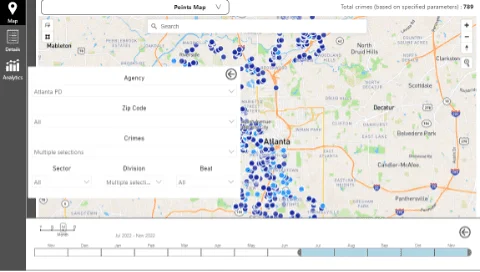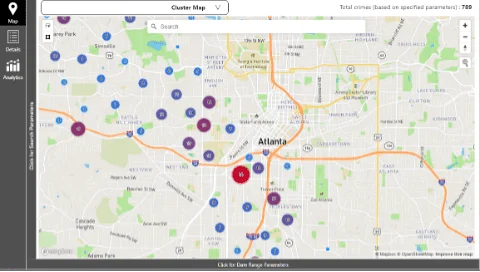What is CompStat?
At its time, CompStat policing was a notable shift from a more reactive type of policing (that is, primarily responding to crimes already committed), to a more proactive type of policing focused on identifying trends and crime prevention.
With a focus on information-sharing, accountability, and improving effectiveness, CompStat focuses on four core components:
- Timely and accurate information or intelligence
- Rapid deployment of resources
- Effective tactics
- Relentless follow-up
Benefits of CompStat
Although initially established by the NYPD, departments across the country now leverage CompStat and have reported a variety of benefits, which include:
– Purposeful strategy: CompStat provides a clear framework for leaders to assess what is working and what is not working and build an actionable plan to address any gaps or missing resources.
– More holistic view of the organization: CompStat promotes moving away from hierarchical bureaucracy to facilitate the flow of information between divisions, which in turn increases transparency and improves communication.
– Increased accountability: CompStat provides leaders with a mechanism for holding commanders and other employees accountable. This accountability, in turn, increases trust and improves the relationship between police and community.
CompStat reporting within CrimeTracer™
CrimeTracer, a law enforcement search engine that retrieves and consolidates information from police repositories and other resources, leverages CompStat reporting, both for the community and for command staff.
CrimeTracer CompStat Reporting for Command Staff
With CrimeTracer’s CompStat reporting, command staff can assess crime type by beat or division and assess changes in crime trends week over week, at a granular level. In weekly team meetings, law enforcement leaders can take the data from CompStat reports and implement a proactive plan about patrol dosage as well as other crime prevention tactics.
CrimeTracer CompStat Reporting for the Community
Community members who live in cities supported by CrimeTracer have access to a variety of in-depth CompStat reports providing information about crime trends in the surrounding area. Some examples include:





Future Plans for CompStat
Departments are examining how they can use CompStat to track important measures in addition to crime rates, such as use of force, public opinion about the police, complaints against officers, and metrics to assess the effectiveness of community policing efforts.
On the community side, CompStat reports lead to increased knowledge about crime trends. Knowledge is power, and with more information, community members can feel more empowered to communicate with law enforcement leaders about the changes needed to improve community safety.





